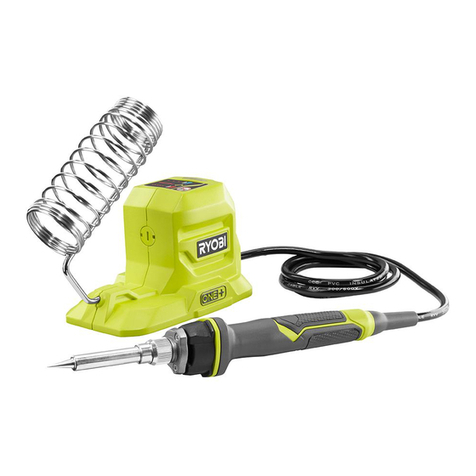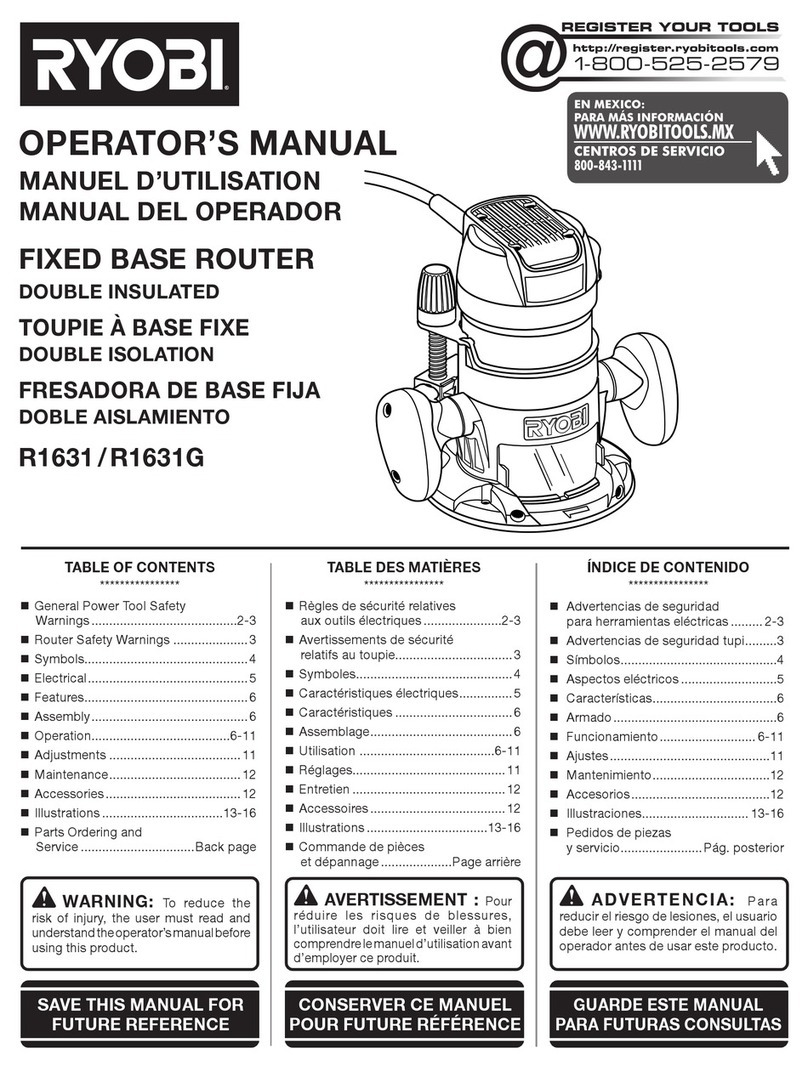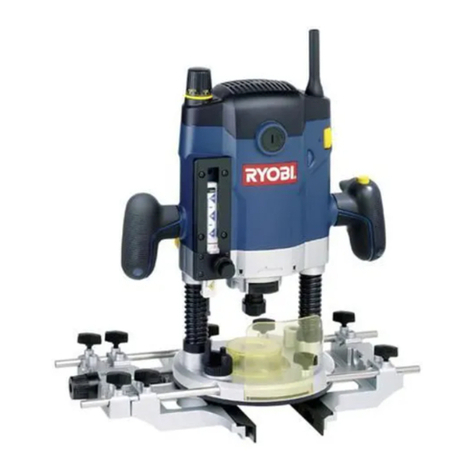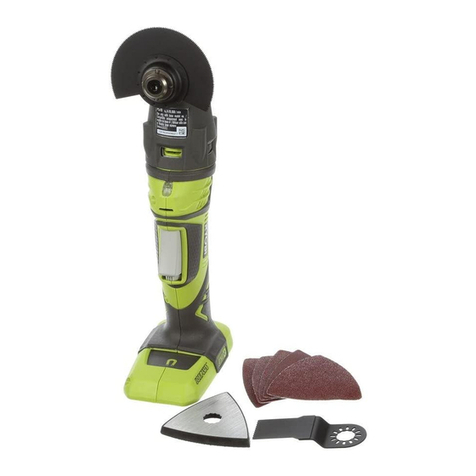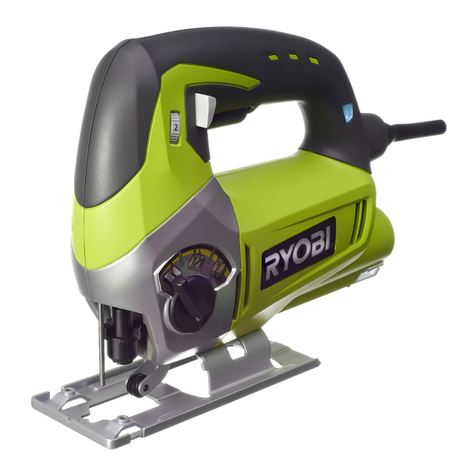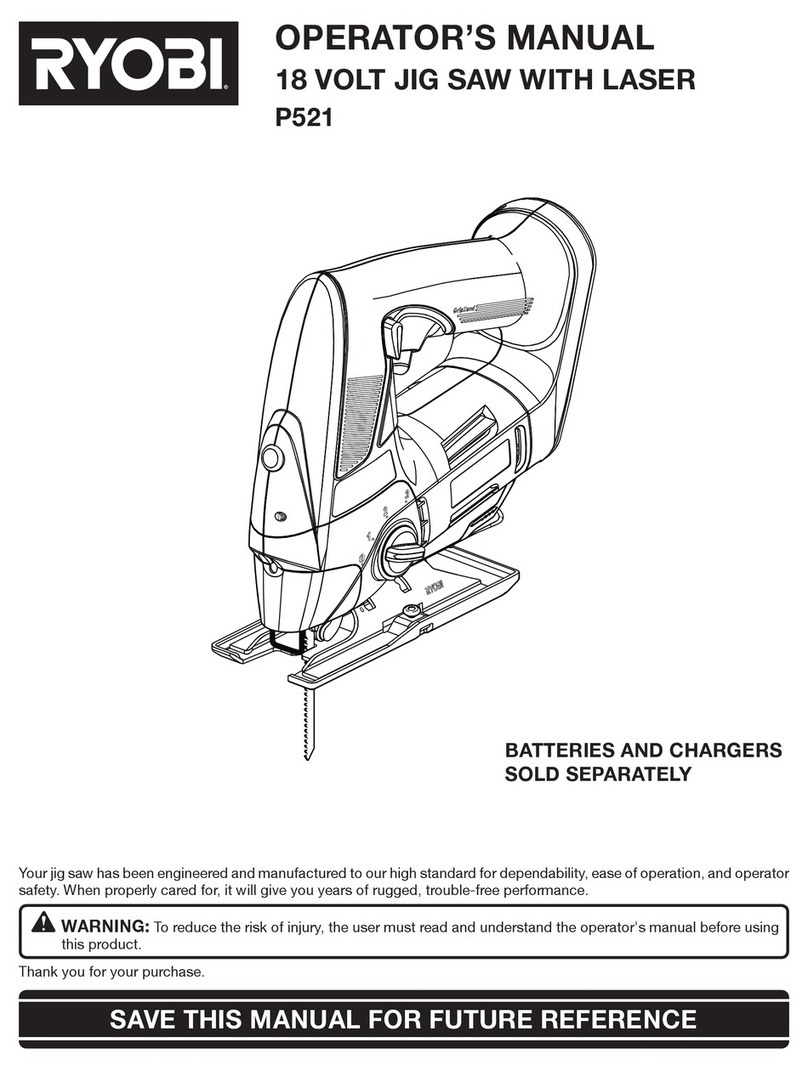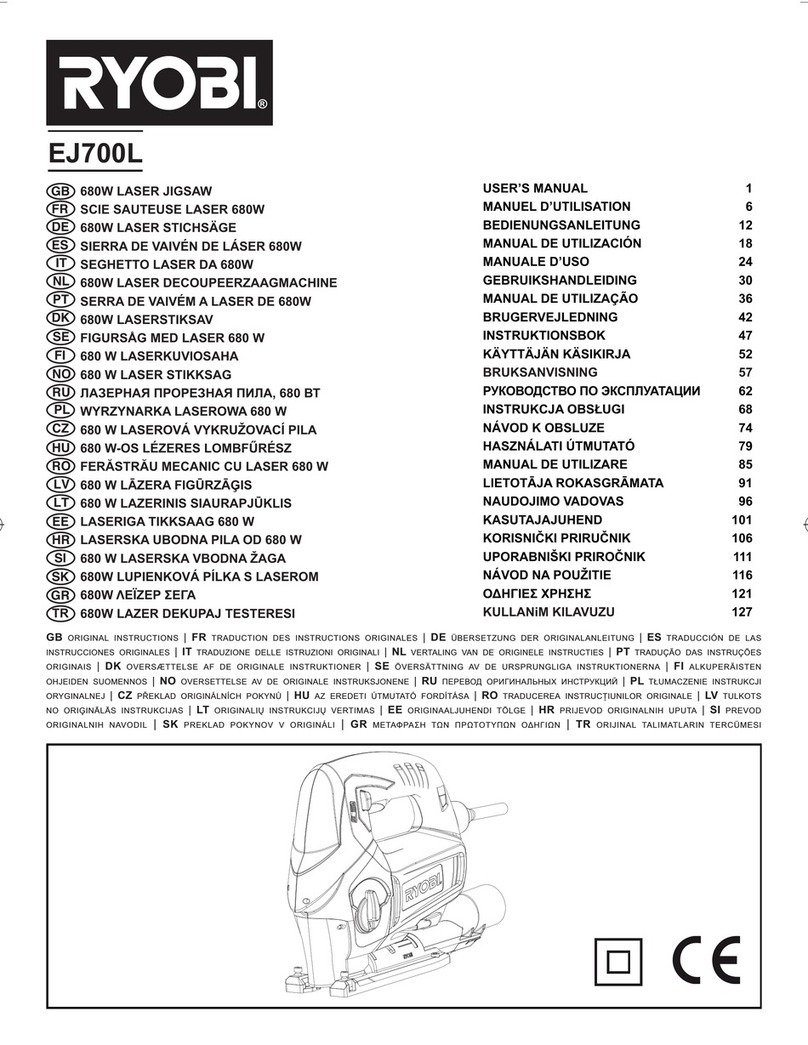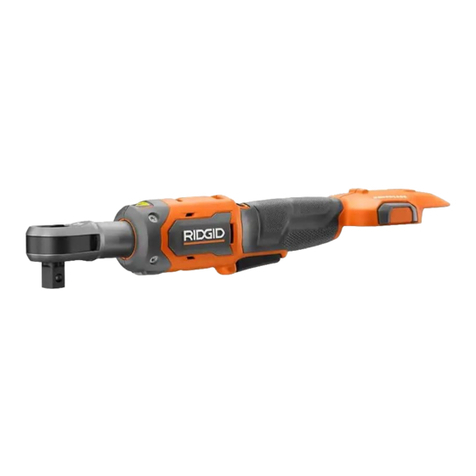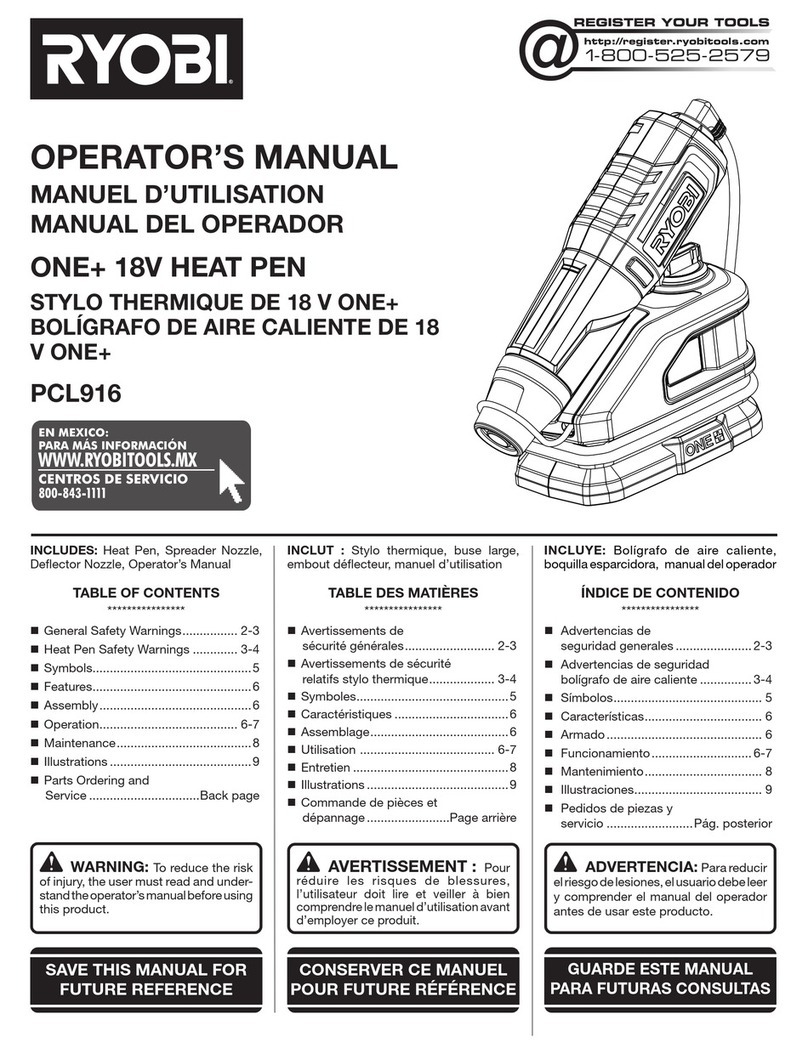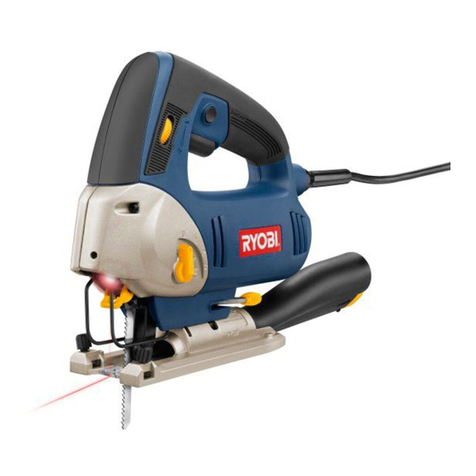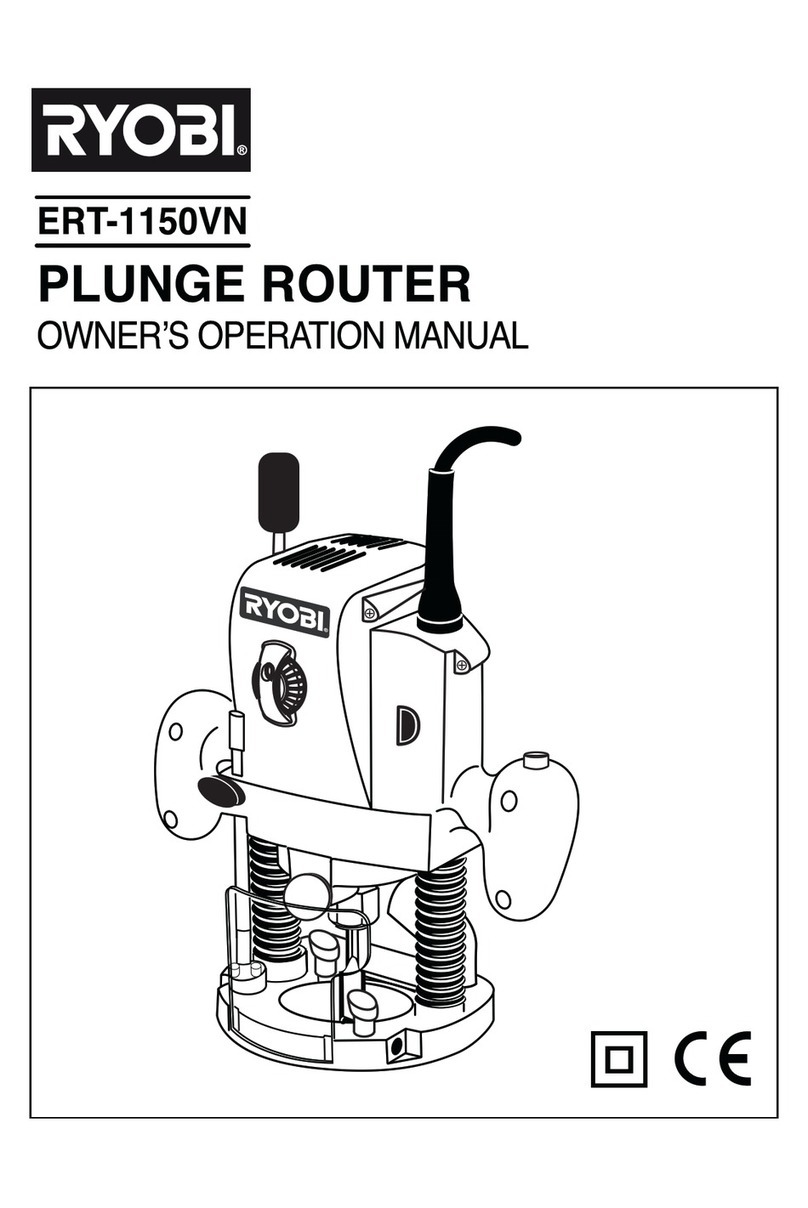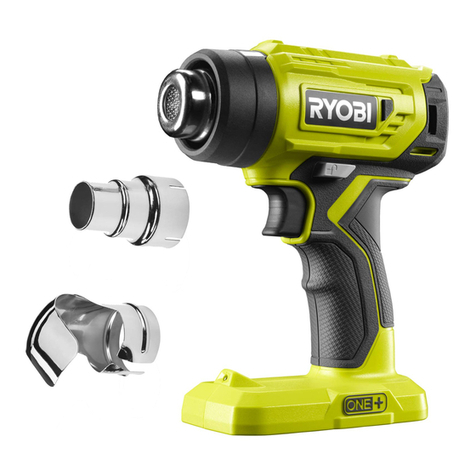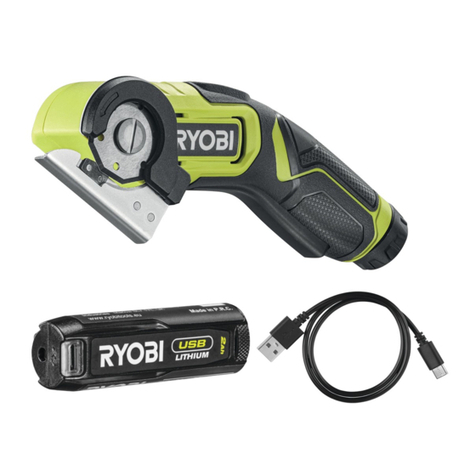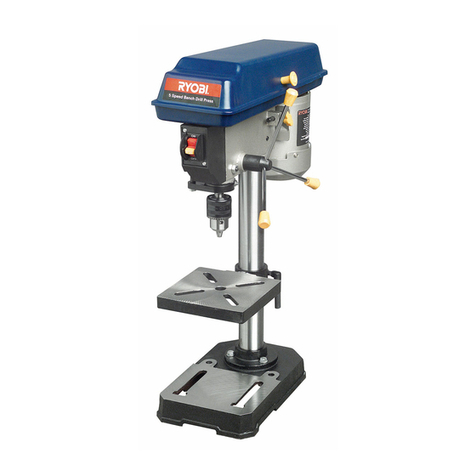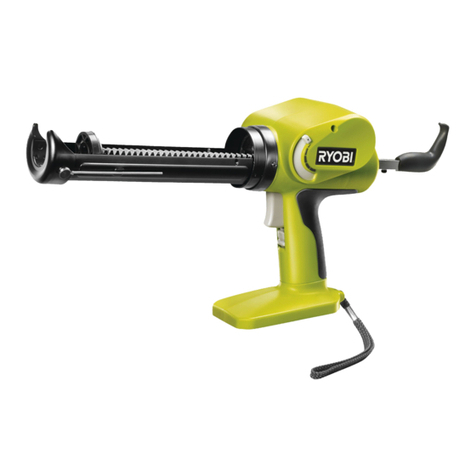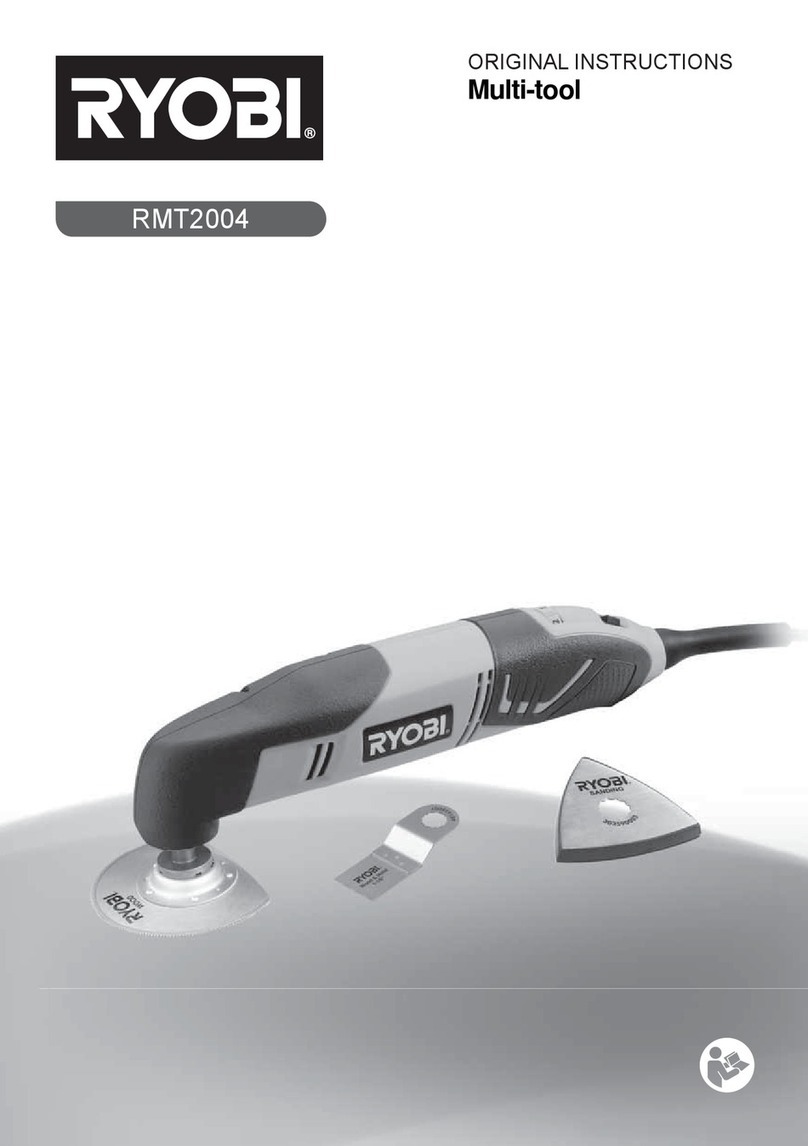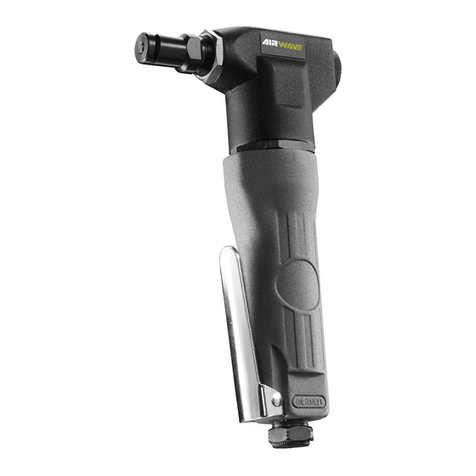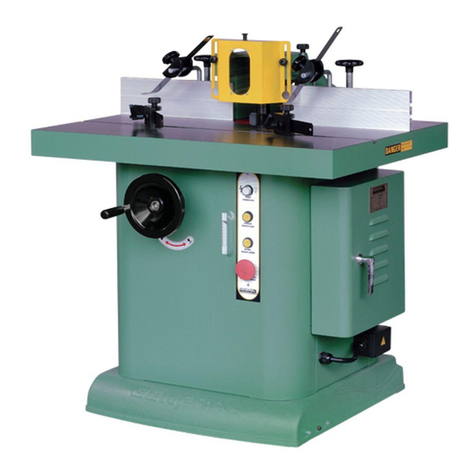
1
GENERAL SAFETY WARNINGS
■For multiple hazards, read and understand the safety
instructions before installing, operating, repairing,
maintaining, changing accessories on, or working
near the product. Failure to do so can result in serious
bodily injury.
■Only qualified and trained operators should install,
adjust or use the product.
■Do not modify the product. Modifications can reduce
the effectiveness of safety measures and increase the
risks to the operator.
■Do not discard the safety instructions; give them to the
operator.
■Check the product for any possible defects before use.
If the product exhibits any faults, it should not be used
under any circumstances.
■Do not use the product if it has been damaged.
■Always wear impact-resistant eye protection during
operation of the product. The grade of protection
required should be assessed for each use.
■Wear relevant protective equipment such as gloves.
■The product may only be operated on clean,
condensate-free and oil-free compressed air.
■Do not use oxygen or any combustible gas as an
energy source.
■Keep work area clean and well lit. Cluttered or dark
areas invite accidents.
■Do not use the product in explosive atmospheres,
such as in the presence of flammable liquids, gases
or dust.
■Never smoke near the work area.
■Work only in sufficiently ventilated rooms.
■Never exceed the maximum operating pressure of 6.3
bar (90 psi).
■Use only suitable blasting sand recommended by the
manufacturer in this manual for your sand blasting
work.
■Keep children and bystanders away while operating
the product. Distractions can cause you to lose control.
■Do not point the product toward people or animals.
■Ensure that the workpiece is securely fixed.
■Operators and maintenance personnel shall be
physically able to handle the bulk, weight and power
of the product.
■Hold the product correctly; be ready to counteract
normal or sudden movements and have both hands
available.
■Maintain a balanced body position and secure footing.
■Release the trigger in the case of an interruption of the
energy supply.
■Avoid unsuitable postures as it is likely for these
positions not to allow counteracting of normal or
unexpected movement of the tool.
■When using the product to perform work-related
activities, the operator can experience discomfort in
the hands, arms, shoulders, neck or other parts of the
body.
■While using the product, the operator should adopt a
comfortable posture whilst maintaining secure footing
and avoiding awkward or off-balance postures. The
operator should change posture during extended
tasks; this can help avoid discomfort and fatigue.
■If the operator experiences symptoms such as
persistent or recurring discomfort, pain, throbbing,
aching, tingling, numbness, burning sensations or
stiffness, these warning signs should not be ignored.
The operator should consult a qualified health
professional.
■Disconnect the product from the energy supply before
fitting or changing accessories.
■Use only sizes and types of accessories and
consumables that are recommended by the
manufacturer of the product; do not use other types or
sizes of accessories or consumables.
■Do not use cracked or deformed accessories.
■Slips, trips and falls are major causes of workplace
injury. Be aware of slippery surfaces caused by use of
the tool and also of trip hazards caused by the air line
or hydraulic hose.
■Proceed with care in unfamiliar surroundings. There
can be hidden hazards, such as electricity or other
utility lines.
■The product is not intended for use in potentially
explosive atmospheres and is not insulated against
contact with electric power.
■Ensure that there are no electrical cables, gas pipes,
etc., which can cause a hazard if damaged by use of
the tool.
■Dust and fumes generated when using the product
can cause ill health (for example cancer, birth
defects, asthma and/or dermatitis); risk assessment
and implementation of appropriate controls for these
hazards are essential.
■Risk assessment should include dust created by the
use of the product and the potential for disturbing
existing dust.
■Take precautions to ensure that other people are not
contaminated (dust generation).
■Ensure that the used blast medium is trapped
and collected so that it can be disposed of in an
environmentally compatible manner.
■Operate and maintain the product as recommended in
these instructions, to minimize dust or fume emissions.
■Direct the exhaust so as to minimize disturbance of
dust in a dust-filled environment.
■Cutters can become hot during use; do not touch.

